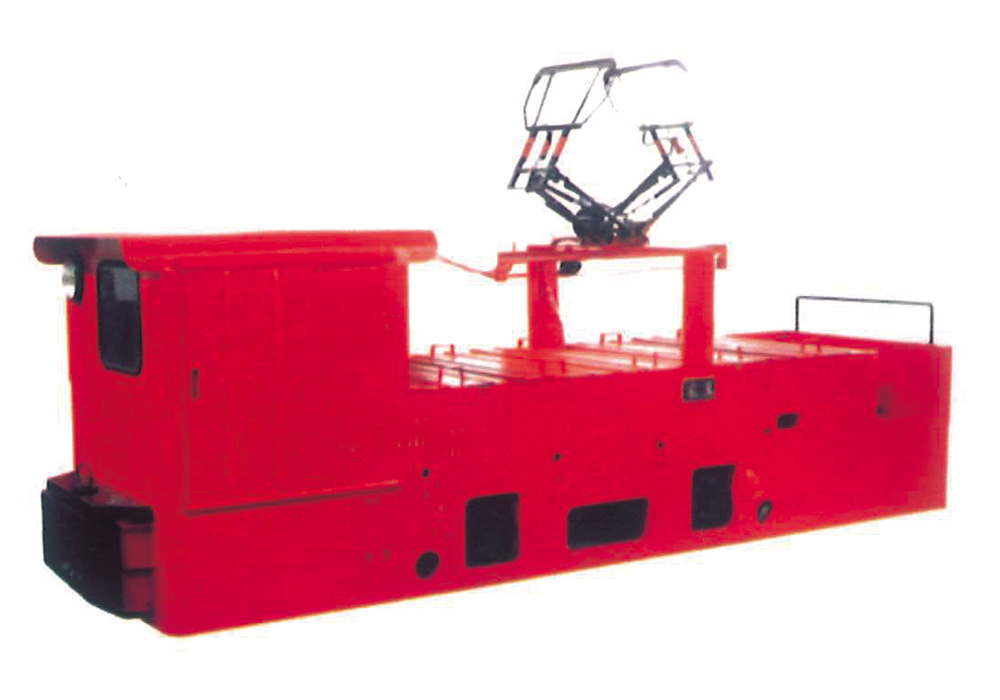What Electric Locomotive Drivers Should Know
Date:2020-02-04 Label:
Electric Locomotive
Diesel Locomotive
Battery Locomotive
According to different transportation power, electric locomotive are divided into diesel locomotives, compressor locomotives and electric locomotives.
Depending on the nature of the power source, electric locomotives are available in DC and AC.
According to different power supply methods, electric locomotives are divided into line electric locomotives and battery electric locomotives.
The line-mounted electric locomotive is suitable for the main transportation aisle of low-gas mine, but the aisle support must be non-combustible material.
The overhead electric locomotive uses the pantograph to obtain electricity from overhead lines.
The adhesion quality of electric locomotive is conventionally expressed in tons, which is equal to the total mass of the electric locomotive.
The electric locomotive works continuously for a long time on the fixed device, so that the temperature of any part of the locomotive is not higher than the allowed rating. This working system is called long-time system.
The electric locomotive should have overload and short circuit protection devices. Traction networks that are easily incorporated into underground power supply via surface wiring must also have atmospheric overvoltage protection devices.
The electrical system of the electric locomotive should have interlocking devices to ensure that the electric locomotive is correctly assembled in any working condition.
There are three side holes on the side plate of the frame of the electric locomotive. Two are used to install the axle box and the other is used to adjust the brake shoe clearance.
In addition to the weight of the vehicle body and the equipment installed, the frame is also subjected to the additional load caused by vibration and lateral swing, centrifugal force when passing through the curve, vertical horizontal traction, braking force and impact load.
The thickness of the steel plate of the frame is generally much larger than the thickness required by the mechanical strength. This is to increase the adhesion weight of the electric locomotive.
The running part of the electric locomotive is composed of wheel pairs, axle boxes, spring brackets and the like.
When the electric locomotive runs on uneven tracks, the wheelset can move up and down in the car, and its buffering effect is provided by the spring bracket.
The purpose of the spring bracket is to reduce the shock & vibration of the electric locomotive during operation, and to evenly distribute the weight of the entire locomotive on the four wheels.
The locomotive frame is equipped with buffers and connectors at both ends; there are two types of buffers: wire-lined locomotive uses a rigid cast iron buffer, and the battery uses an elastic buffer with a spring.
The brake device is provided for the electric locomotive to decelerate or stop at any time during operation. It can be divided into two types: manual brake and air brake according to operating power.
The hand wheel of the manual braking device is turned clockwise to perform braking, and the hand wheel is turned counterclockwise to release the braking.
The purpose of sand scatter of electric locomotive is to increase the friction coefficient between the wheel and the track, to obtain greater traction and braking force, and to ensure driving safety.
The gear transmission of a locomotive generally consists of a driven gear, a driving gear and a gear cover.
